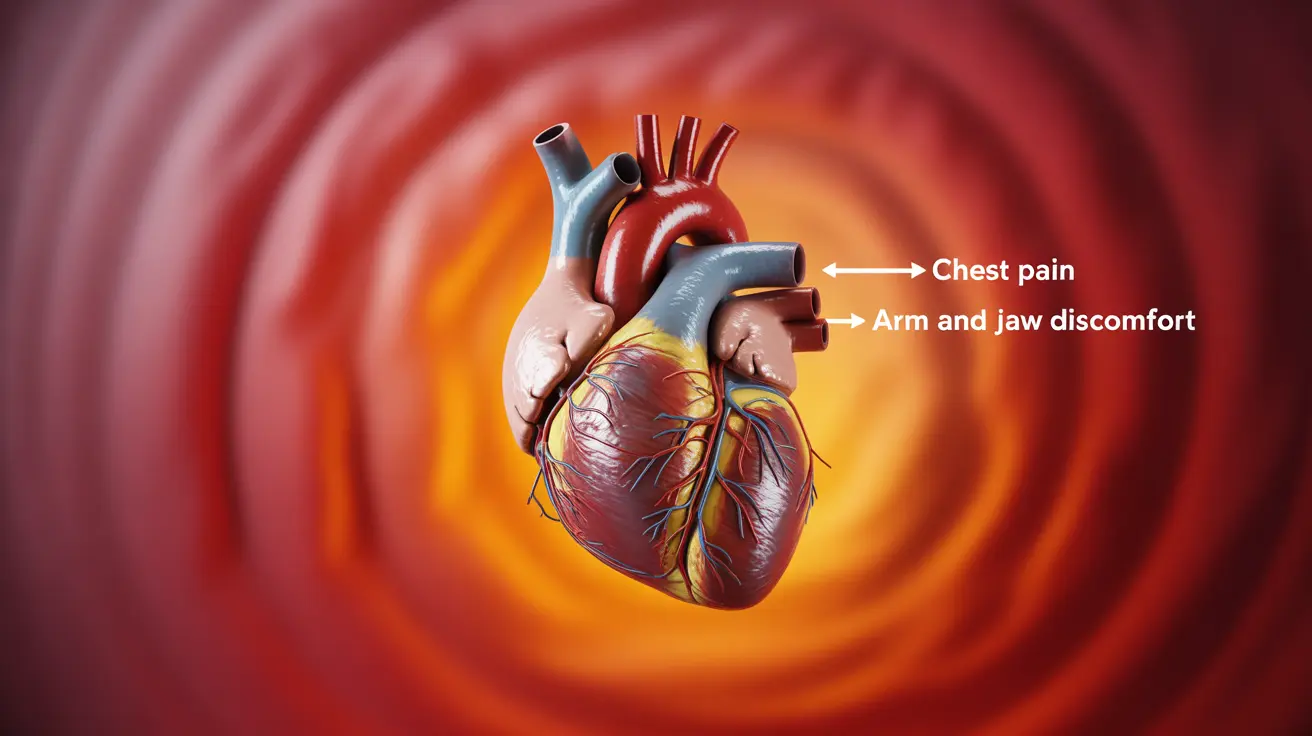Lamb meat is a nutrient-dense food choice that offers numerous health benefits when included as part of a balanced diet. This flavorful red meat is particularly valued for its rich protein content and essential micronutrients that support overall health and wellness. Understanding lamb's nutritional profile can help you make informed decisions about incorporating it into your meal planning.
Nutritional Profile of Lamb Meat
Lamb is packed with high-quality protein, containing all essential amino acids necessary for muscle maintenance and growth. A typical 3-ounce serving of cooked lamb provides approximately 25 grams of protein, making it an excellent choice for meeting daily protein requirements.
Key Vitamins and Minerals
Lamb is particularly rich in important nutrients that support various bodily functions:
- Vitamin B12: Essential for red blood cell formation and neurological function
- Iron: Critical for oxygen transport and energy production
- Zinc: Supports immune system function and wound healing
- Selenium: Acts as an antioxidant and supports thyroid health
- Niacin (B3): Important for energy metabolism
- Phosphorus: Necessary for bone health and cellular function
Health Benefits of Consuming Lamb
Muscle Health and Development
The high-quality protein content in lamb makes it particularly beneficial for muscle health. The complete amino acid profile supports muscle protein synthesis, making it valuable for athletes, active individuals, and those looking to maintain muscle mass as they age.
Iron Benefits and Anemia Prevention
Lamb contains heme iron, which is more easily absorbed by the body compared to plant-based iron sources. This makes it particularly valuable for preventing iron-deficiency anemia, especially in vulnerable populations such as pregnant women and growing children.
Grass-Fed vs. Conventional Lamb
Grass-fed lamb often offers additional nutritional advantages compared to conventionally raised lamb:
- Higher levels of omega-3 fatty acids
- More conjugated linoleic acid (CLA)
- Greater concentration of antioxidants
- Better overall fatty acid profile
Consuming Lamb Responsibly
While lamb offers numerous health benefits, it's important to consider portion sizes and preparation methods:
- Choose lean cuts when possible
- Trim visible fat before cooking
- Opt for healthier cooking methods like grilling, roasting, or broiling
- Limit portions to 3-4 ounces per serving
- Include as part of a varied diet with plenty of vegetables and whole grains
Frequently Asked Questions
What are the main health benefits of eating lamb meat?
Lamb meat provides high-quality protein, essential vitamins and minerals, and important nutrients for muscle health and development. It's particularly beneficial for iron levels, immune function, and overall cellular health.
Is lamb a good source of vitamins and minerals like iron and vitamin B12?
Yes, lamb is an excellent source of both iron and vitamin B12, along with other essential nutrients like zinc, selenium, and B-vitamins. The iron in lamb is particularly well-absorbed by the body.
How does grass-fed lamb differ from regular lamb in terms of nutrition and fat content?
Grass-fed lamb typically contains higher levels of beneficial nutrients, including omega-3 fatty acids, CLA, and antioxidants. It often has a better overall fatty acid profile compared to conventionally raised lamb.
Can eating lamb help with muscle growth and maintaining muscle health?
Yes, lamb's complete protein profile and high-quality amino acids make it excellent for supporting muscle growth and maintenance. Its nutrient density also supports overall muscle health and recovery.
Are there any health risks associated with eating lamb, and how much should I eat?
While lamb is nutritious, it should be consumed in moderation as part of a balanced diet. Limit portions to 3-4 ounces per serving and choose lean cuts when possible. Those with certain health conditions should consult their healthcare provider about appropriate consumption levels.




